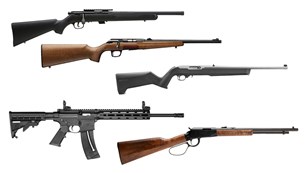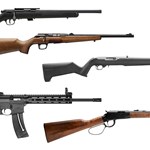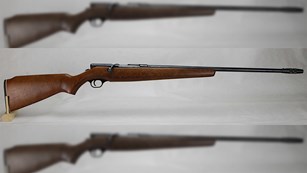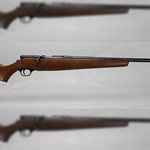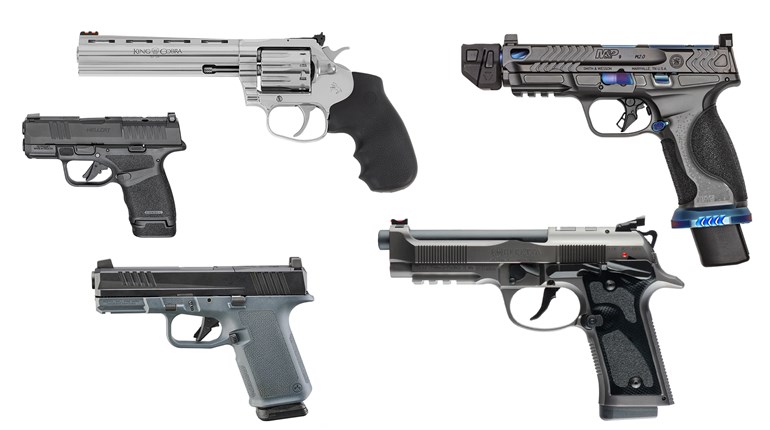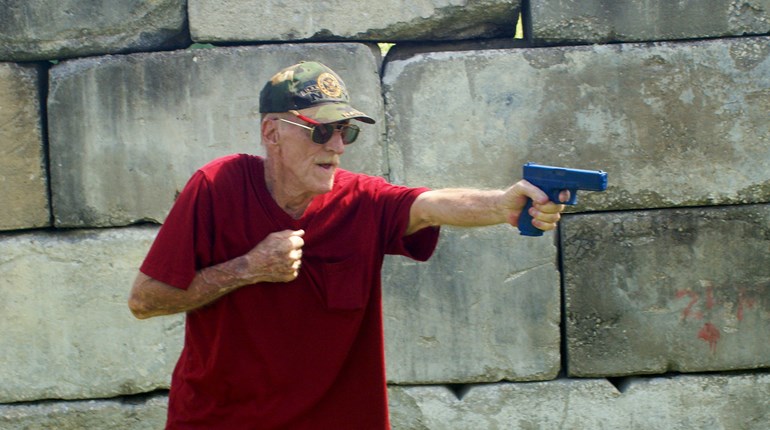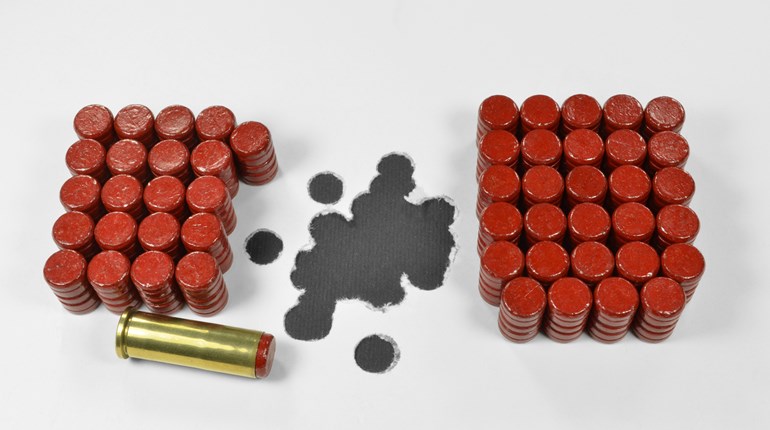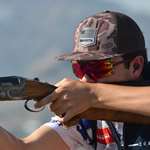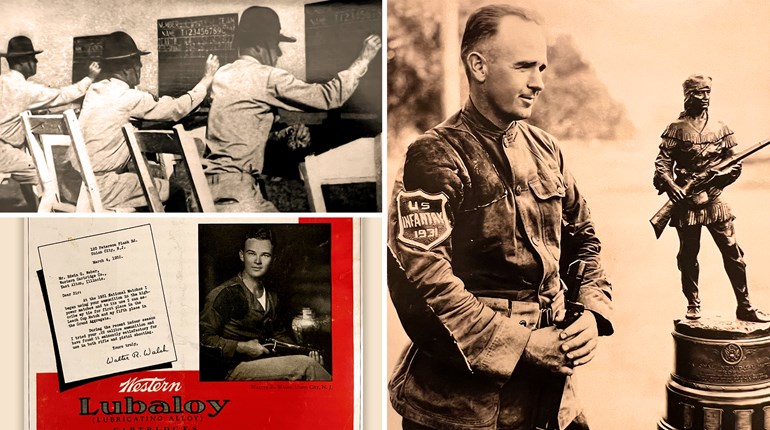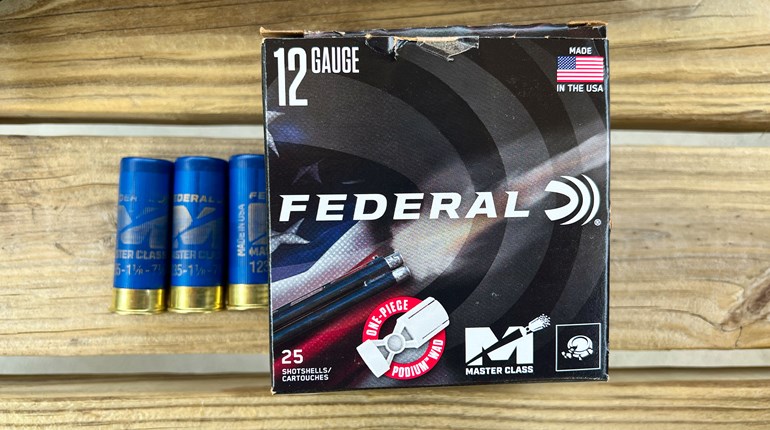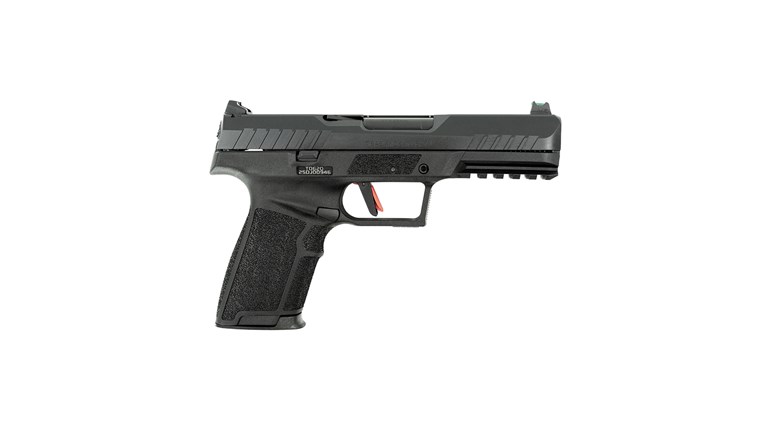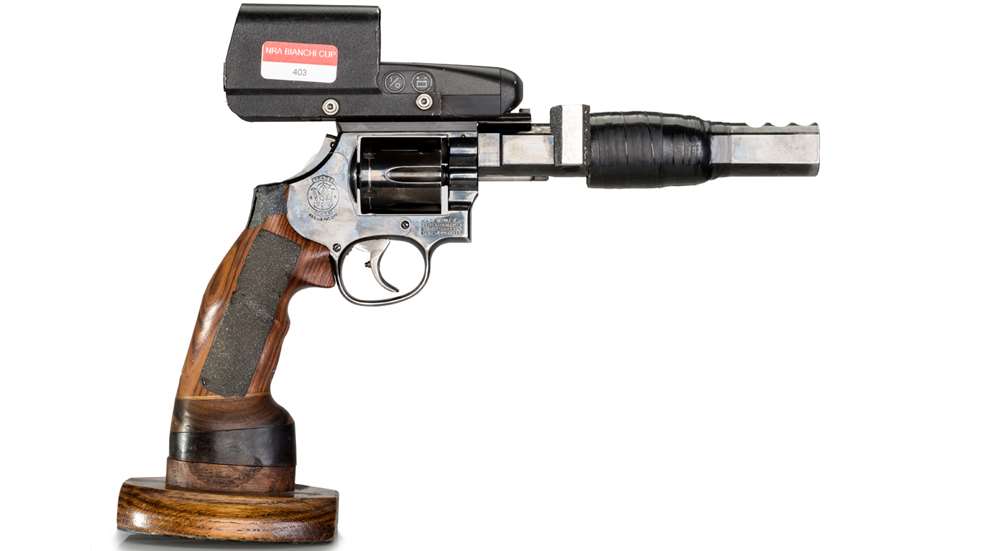
From the December 1952 issue of American Rifleman, an article by Walter F. Roper on maintaining revolver accuracy.
For years a discovery made during extensive machine rest testing of pistols and revolvers has been a constant source of irritation. Its solution meant an increase of accuracy in revolvers.
In developing the USRA Model single shot pistol barrel, it was found that the finest accuracy resulted when the bullet was either actually seated in the rifling before discharge, or when the distance travelled by the bullet before engaging the rifling was less than 1/16 inch. Barrels so chambered would shoot a series of 10-shot groups at 50 yards which varied so little in size that the difference was not significant.
An attempt was made to build a revolver to give the same accuracy. After as few as two 10-shot groups had been fired, however, the diameter of the groups became decidedly larger. The last 10 shots of fifty consecutive shots made groups considerable larger than the first two of the series.
Knowing from the testing of single-shot pistols that the accuracy fell off decidedly when the bullet had to travel some distance before reaching the rifling, the “jump” necessary in a revolver was considered the probable cause of the poorer accuracy with this type of arm. But this did not explain the increase in the size of the groups as firing progressed.
To check this, several single-shot barrels were chambered so that the jump of the bullet was the same as in the revolver. Tests of these barrels gave groups of approximately the same size as the first 10-shot groups made with the revolvers, and while the groups increased in size slightly as firing proceeded, the spreading was not nearly as great with a revolver. Bullet jump alone was evidently not the cause of the increase in the size of groups with a revolver.
As no change could occur in the dimensions of the barrel, the only possible conclusion was that something due to firing caused the loss of accuracy. This led to tests in which the bore was cleaned after each shot. With the single-shot barrels, this reduced the spreading some 10 percent, but with the revolver it had no effect whatever! This somewhat puzzling result, when carefully considered, gave the answer to the question as to why groups with a revolver gradually increase in size as firing progresses. If cleaning between shots did reduce the spreading with a single-shot barrel, and did not with a revolver, then some part of the revolver barrel not cleaned was causing the spreading. It was then realized that the throat of the revolver was the place not cleaned when as large a patch as could be entered in the muzzle was pushed through.
The only solution seemed to be some easily-worked cleaning tool. Although many hours of thought were given the problem, the solution was not found until one day during a session in the hospital the idea of a new kind of cleaning rod took shape.

Late in 1947 conditions permitted the making of the cleaning rod thought of while in the hospital. This rod had a split, tempered-steel spring tip, spread so that it was larger than the bore, but which would spring together and permit entrance into the bore. This tip was of such a length that the large patch possible with it completely covered the steel when in the bore so that the hard steel could not touch the bore. This tip was pinned to a soft brass body, which was so arranged that the length from handle to tip could be adjusted to be right for cleaning either bore or cylinder chambers. When this rod was pushed through the bore, the spring tip would expand into the larger throat and press the patch against the lead-covered surface. Then, if the rod was rotated, the flakes of lead were rubbed from the throat and taken out on the patch. In extra-stubborn cases, or where the lead had been in the throat for a long time, it was easily loosened when the patch was wet with one of the nitro solvent oils or a light penetrating oil.
The rest of the story is short. Several hundred revolver shooters are now using this new kind of cleaning rod, and all report that it does the job. For those who wish to keep their guns up to maximum accuracy, this tool is an answer to the problem.

